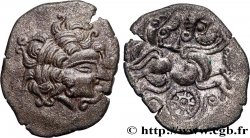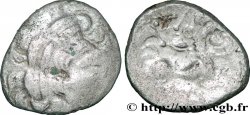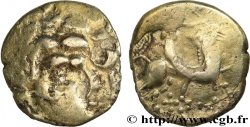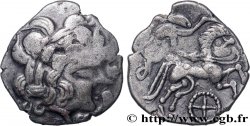bga_615325 - REDONES (Area of Rennes) Statère de billon, classe IV
Not available.
Item sold on our e-shop (2020)
Price : 850.00 €
Item sold on our e-shop (2020)
Price : 850.00 €
Type : Statère de billon, classe IV
Date: c. 80-50 AC.
Metal : billon
Diameter : 23,5 mm
Orientation dies : 6 h.
Weight : 5,70 g.
Rarity : R2
Coments on the condition:
Remarquable exemplaire avec un centrage intéressant au droit et au revers. Jolie patine
Catalogue references :
Predigree :
Ce statère provient du trésor de Piolaine (Saint-Aubin-du-Pavail 2011), dont une partie est conservée au Musée des Antiquités Nationales
Obverse
Obverse legend : ANÉPIGRAPHE.
Obverse description : Tête laurée à droite, la chevelure abondante ; rinceau devant la bouche.
Reverse
Reverse legend : ANÉPIGRAPHE.
Reverse description : Cheval androcéphale conduit à droite par un aurige, tenant les rênes et le fouet ; entre les pattes, rouelle à quatre rayons avec moyeu central.
Commentary
Cette monnaie est bien complète, avec une très belle chevelure mais un rinceau à peine visible devant la bouche. Au revers, la roue à quatre rayons est l’élément déterminant dans le classement de ces statères à la classe IV. Le vexillum devant l’androcéphale est hors flan sur cet exemplaire, particulièrement complet par ailleurs.







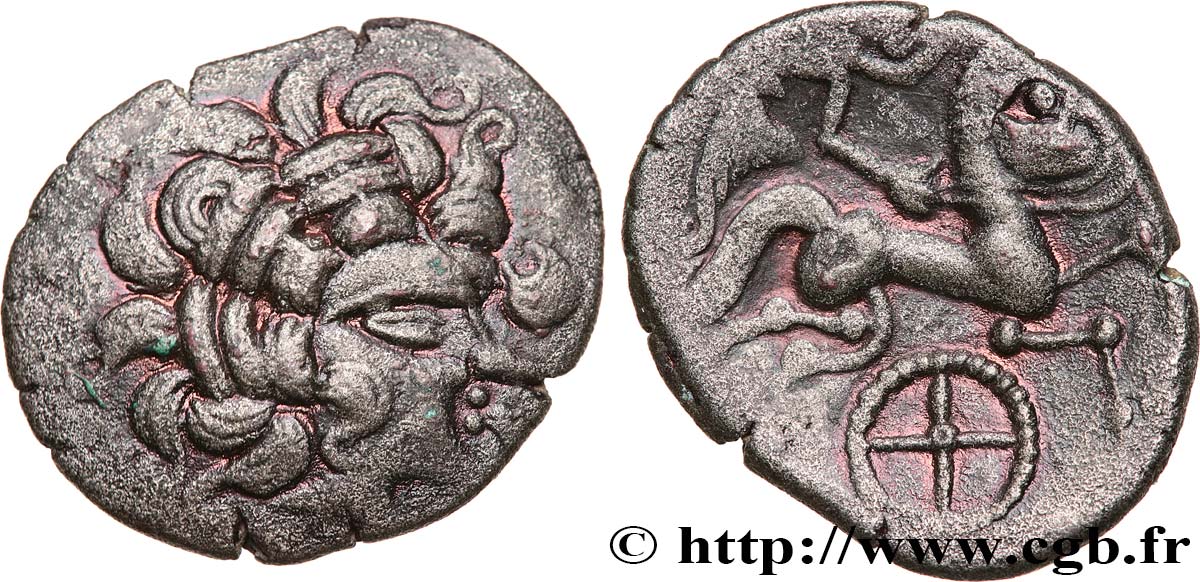
 Report a mistake
Report a mistake Print the page
Print the page Share my selection
Share my selection Ask a question
Ask a question Consign / sell
Consign / sell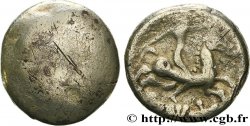
 Full data
Full data